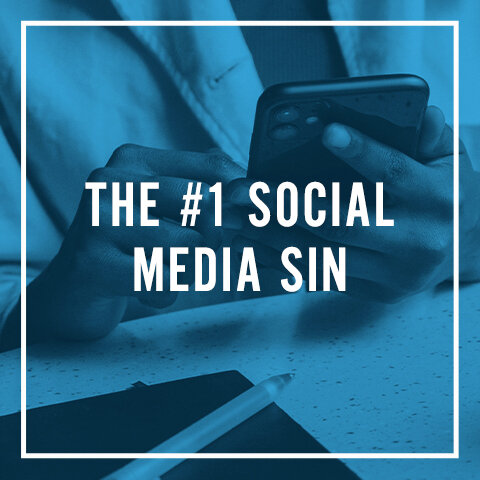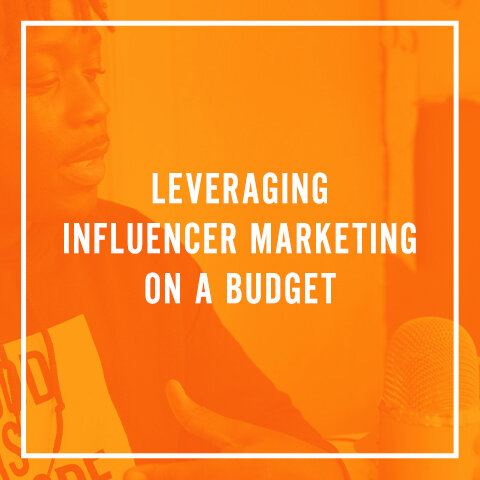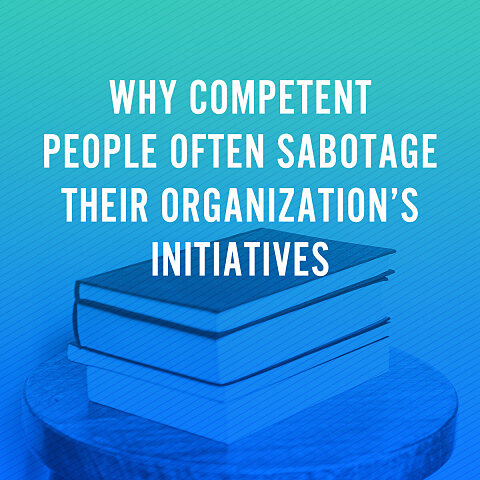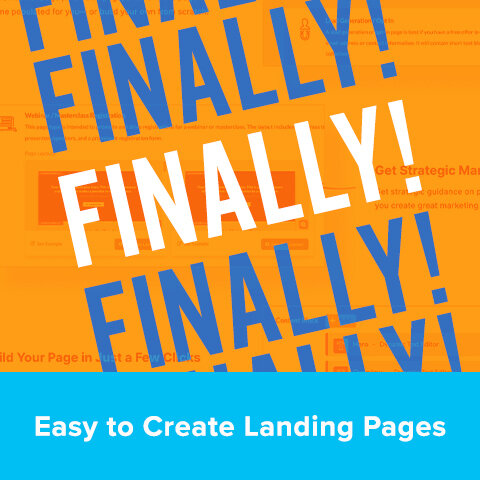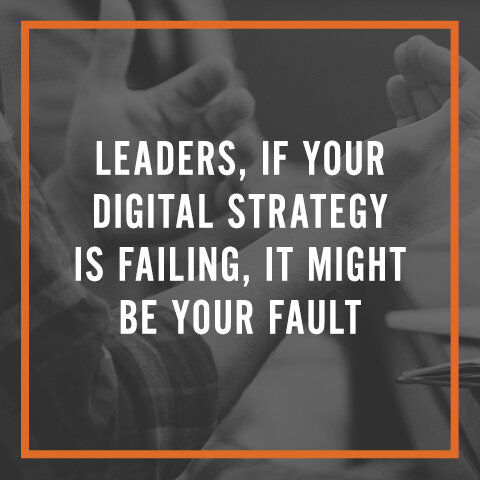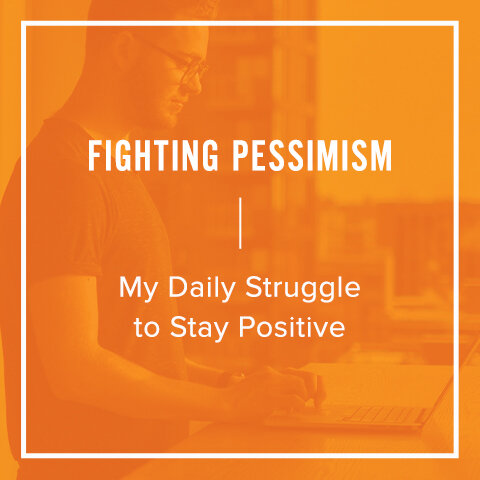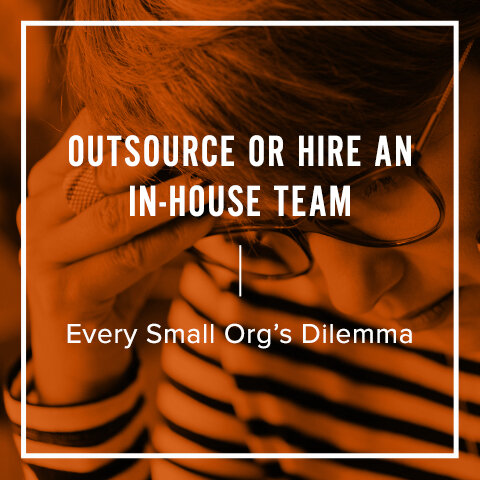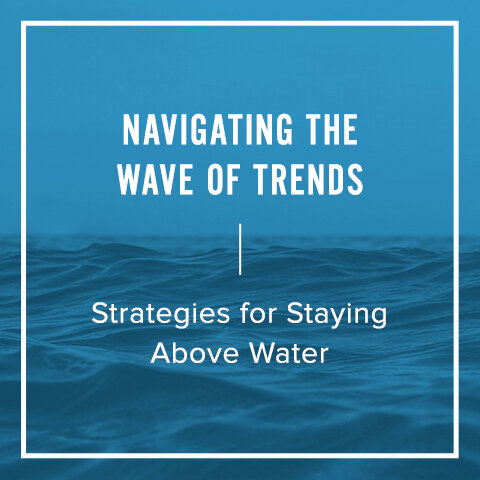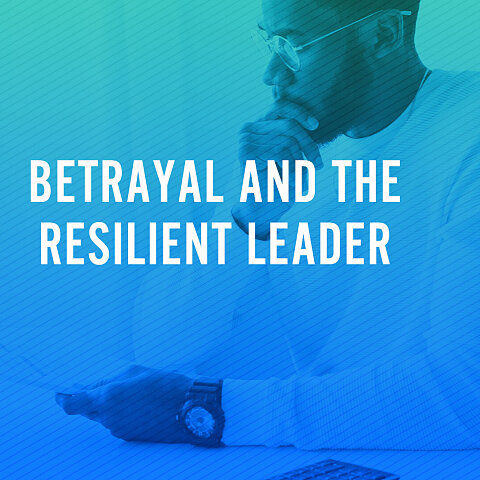Email in a Social Age
By Kristen Shoates
You selected your screen name, made sure your sister was finally off the phone and clicked “Sign On.” The little yellow icon ran across the screen…dialing…connecting…and then those three little words everyone loves to hear:
You’ve. Got. Mail.
For many of us, this was our first experience with creating an online identity (back when talking to strangers online and getting in strangers’ cars was considered dangerous), our first experience connecting with others through technology and our first experience with email…and, oh man, was it exciting. Waiting for your turn to use the phone line, the anticipation as dial-up ever-so-slowly connected to this new-fangled thing called “the internet” and the thrill of seeing a new message waiting in your inbox – maybe from your best friend, or a family member far away or a boy at the other middle school (where everyone knew all the cute boys went). It was an event of cinematic proportions.
Today, the internet looks just a little bit different. We live our lives online, not afraid to share our real identities and every detail of our lives on social media. We use the internet to book a flight, a hotel, a table, and yes, a ride in a stranger’s car. We remain ever connected via our smart phones. And email? Well, it’s become commonplace – even a source of stress as many of us are buried in the communications medium du jour. The joy of connection that email used to bring seems to be so much more easily and instantly attainable on social platforms. So is email still relevant in the age of social media?
Facebook or not, email continues to be an effective way to reach audiences; in fact, research shows that audience tolerance for high email frequency is growing, with many brands emailing once or even twice a day. But it does require a more integrated strategy, presence across all channels and tone, design and content to reach ever-connected audiences with endless options. Here are a few tips to help ensure your emails don't end up in the trash bin.
- Make your emails resource-based. This varies by industry (some retail brands can pull off some amazing promotions daily), but for the most part, using email to distribute content and resources will help build loyalty, trust and reciprocity among your audience — so that when you do need to promote something, your message will fall on listening ears. If you do anything with your email, use it as part of your content strategy and as a tool to build and cultivate relationships with your audience (P.S. This means that the key to great email marketing is really a great content strategy. Put your energy into content marketing, and email will naturally follow).
- Use great design. In general, we follow a "two thumb" rule – meaning that we assume people will only scroll down twice on their phones and that we should keep the most important content in the first 300 pixels of the email. However, truly beautiful design can make you the exception to the rule, as research shows that the more attractive an email is, the more likely a reader is to scroll to view more.
- Keep it short and sweet. Email is not a house for your content; it's a vehicle to get people to your site to learn more, register, give, purchase, etc. Every email you send should have a call-to-action — something you want the reader to do (even if it's just to click through to read your blog post) — and all copy should support that goal and lead the reader to action. Audiences receive too many marketing messages and have too short of an attention span to read long marketing emails; instead, your email should provide just enough information to help the reader quickly determine whether or not he or she is interested in what you have to say and a clear call-to-action to click.
- Make sure it's mobile-friendly. While I can't prove this, I personally believe a large part of email's continued popularity is the availability of smart phones and mobile devices. Because you can interact with email everywhere you go, it can have real-time relevance that it wouldn't have if it were still confined to your desktop. Which is why it's so critical that your emails are responsive and easy to read on a mobile device, reinforcing the need for great, clean design and short and sweet content! Also, keep in mind that when someone reads your email, he or she is also likely checking Facebook, reading texts and interacting with a variety of mobile mediums. The more you can show up on all these channels with complementary messages, the more your brand with stick out in someone’s mind.
- Segment, segment, segment. Another reason for email's continued success: personalization. With the availability of comprehensive data and affordable CRMs/automation software, there really is no excuse to still be sending out blanket communications to your list. Develop audience profiles, segment lists and send relevant, personal content based on demographics, interest and behavior. Even email marketing platforms such as MailChimp are getting in the game, letting you get started with basic segmentation and triggers without the overwhelming time and cost.
At the end of the day, it’s still about connection. People want to authentically connect with each other and the brands they love, and will rely on all of the methods available to do so… even dial up or a bouquet of newly sharpened pencils.


